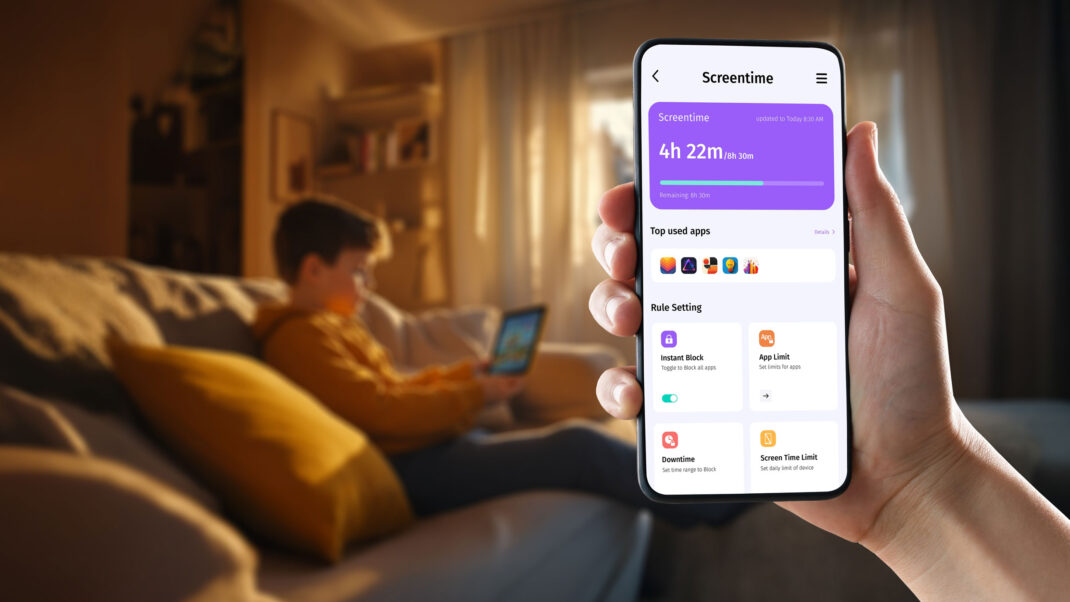How to Manage Screen Time for Preschoolers in Summer: Tips for Healthy Tech Habits

With longer days, more flexible schedules, and plenty of downtime, summer can be a tempting time for increased screen use among young children. Screen time can quickly become a go-to activity, whether it’s TV shows, tablet games, or videos on a phone. While technology can be a helpful tool in moderation, it’s important to set healthy boundaries, especially for preschoolers.
The good news is that you don’t have to eliminate screens completely. With a balanced approach, families can enjoy the benefits of technology while also making plenty of room for active play, creativity, and real-world experiences that are essential for early development. Here are some practical strategies to help set healthy screen time boundaries this summer.
1. Establish a Summer Screen Time Routine
Just like you create a routine for meals and bedtime, setting a predictable structure for screen use is helpful.
- Choose specific times of day when screens are allowed—perhaps mid-morning or just before dinner.
- Use timers or visual cues to help your child understand how long they can watch or play.
- Screen time should be limited to short, age-appropriate intervals. The American Academy of Pediatrics recommends no more than one hour of high-quality programming per day for preschoolers.
Having a routine teaches children that screens are just one part of their day, not the main event.
2. Offer Engaging Alternatives
Young children often gravitate toward screens when they’re bored or unsure of what else to do. By offering fun and accessible alternatives, you can help reduce screen dependence.
Try:
- Water play with cups, buckets, or a sprinkler
- Building with blocks or magnetic tiles
- Sidewalk chalk drawing
- Arts and crafts like painting or collage-making
- Outdoor scavenger hunts or nature walks
When exciting options are available, children are more likely to choose active and imaginative play over passive screen time.
3. Use Screens with Purpose
When your child does use a screen, try to make the time as meaningful as possible.
- Choose high-quality, educational content. Many apps and programs are designed to teach numbers, letters, and social-emotional skills.
- Co-view or co-play when you can. Watching or playing together allows you to talk about what they see, ask questions, and turn screen time into a shared learning experience.
- Follow it up with related offline activities. For example, if your child watches a video about animals, spend time afterward drawing animals or reading a related book.
4. Create Screen-Free Zones
Designate specific areas of the home or parts of the day as screen-free.
- Keep mealtimes and bedrooms free from screens to encourage conversation and rest.
- Put devices away during outdoor play or family time and be fully present.
Creating screen-free zones helps preschoolers build awareness of healthy tech habits and enjoy richer, more focused interactions.
5. Be a Role Model
Children learn from observing adult behavior. If they see parents or caregivers setting limits, being active, and choosing screen-free time, they’re more likely to do the same. Set the tone by putting your own phone away during family time and being intentional about your screen use.
Screens can be a helpful tool, but they shouldn’t replace play, exploration, and personal connection—especially in the preschool years. By setting clear boundaries and offering engaging alternatives, you can help your child enjoy a fun, balanced summer full of learning and creativity. For more tips on supporting healthy habits in young children, visit our resources page.
